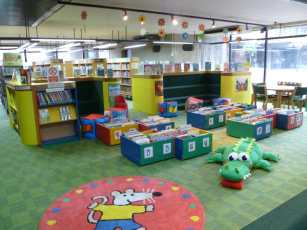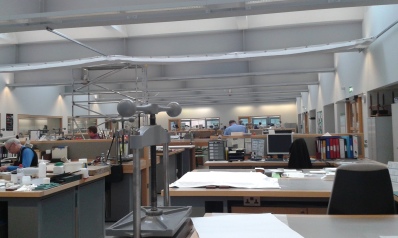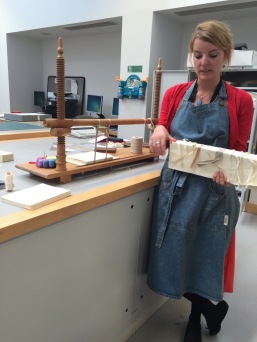
Our first stop in Edinburgh was the Central Library, a grand public library that was started in 1890. The rooms in this library were very large and you could tell the structure was an old structure, by the vaulted ceilings and elaborate details.
The first room we visited was a large room with

Main Library, You Can See the Hold Shelves in the Back
many tables and patrons scattered throughout the room and the card catalog (yes a real card catalog!) that is up to date to what is in the library.
My favorite part of this library was the children’s room, it was one of the best ones I’ve seen. It had three different rooms just for the children’s library, an activity room (such as readi
ng time), a room with sinks for crafts (that’s open to the public to use anytime), and the main library area. While we were visiting there was an event happening so the children’s library was packed full of prams and children, but it was so good to see so many people of the public using this space.
We next went to the main public area of the library, that is downstairs from the 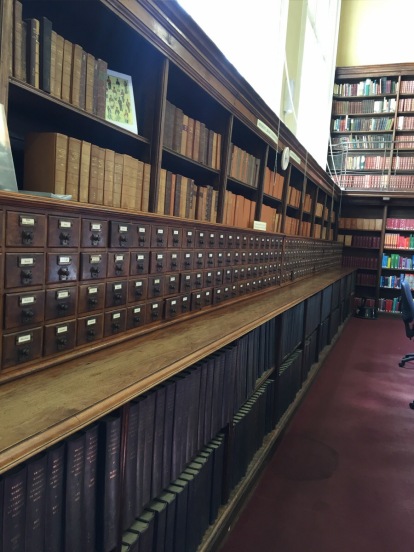 music library that they house. What I found most interesting about this area is that they have a hold section that patrons can just go and grab their book from. Usually hold books are placed behind the check out desk for safety, but these books are places in alphabetical order on a shelf next to the desk, and it works great for them.
music library that they house. What I found most interesting about this area is that they have a hold section that patrons can just go and grab their book from. Usually hold books are placed behind the check out desk for safety, but these books are places in alphabetical order on a shelf next to the desk, and it works great for them.
Also in this library they have a vast array of genealogical and ancestry records for patrons to research. Unfortunately they can’t put most of this material online because funding is tight for digitization.
After touring the library we were set in a conference room with refreshments to listen to two presentations on STEM/STEAM activities the library is involved with, that is called Digital Toybox, that gets kids engaged in coding and electronics in a productive setting.
Youth Talk, which is a way to prevent children from going down the wrong path, and giving them a productive outlet, and a safe place to go. In this program they take the opinions and ideas of teens into great consideration to build the events and activities, this makes the teens feel involved and have a voice in building the program. It was very informative and gave me many great ideas to pass on to people in community.
The las
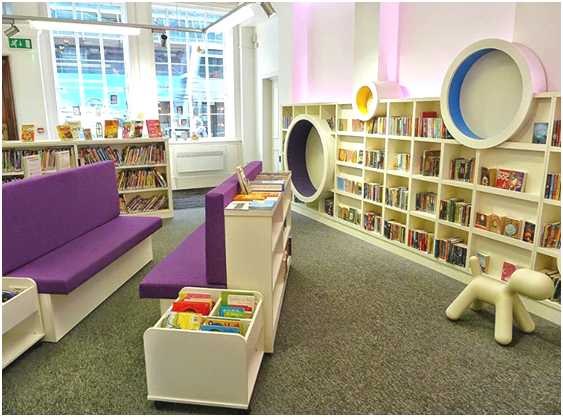
Children’s Library
t presenter talked to us about how libraries use the digital world to expand their use to patrons. She talked to us about how the library uses e-books to allow patrons to check out books without coming to the library. This included magazines, full books, periodicals and newspapers that can be easily accessed at the patrons fingertips.

Our next stop in Edinburgh was New College Library and their school of Divinity. This library was an intriguing difference from the usual libraries we had seen. We got to see some pieces from their special collection, and then we were taken down to the archives. While there we were shown that they did not just collect religious material but have whole libraries from contributors that include literature and poetry. New College Library was a different type of library to go and see the behind the scenes of, and it was a great experience!


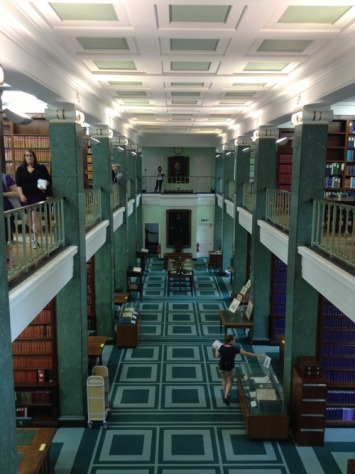

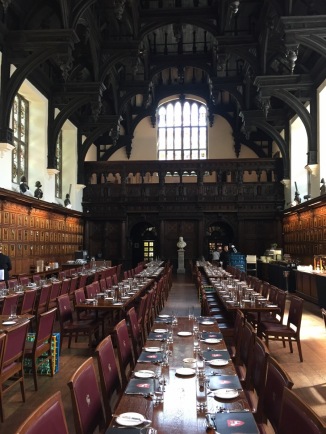
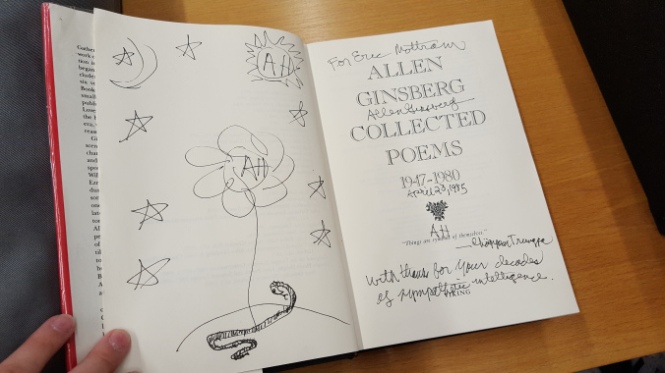
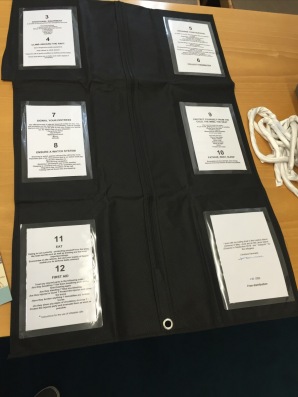


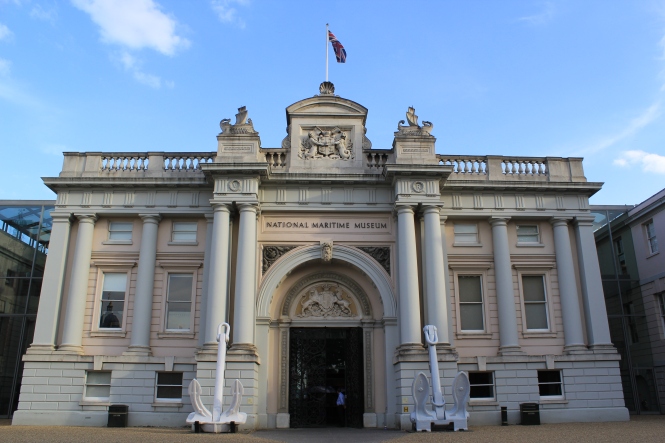 For our next adventure we took a boat to the National Maritime Museum in Greenwich (that’s pronounced GREN-ITCH), that I’m sure was lovely and had great sights but made me very motion sick (good times). The National Maritime Museum Library was opened in 1937 and named Rudyard Kipling, the author or the Jungle Book in the same year.
For our next adventure we took a boat to the National Maritime Museum in Greenwich (that’s pronounced GREN-ITCH), that I’m sure was lovely and had great sights but made me very motion sick (good times). The National Maritime Museum Library was opened in 1937 and named Rudyard Kipling, the author or the Jungle Book in the same year.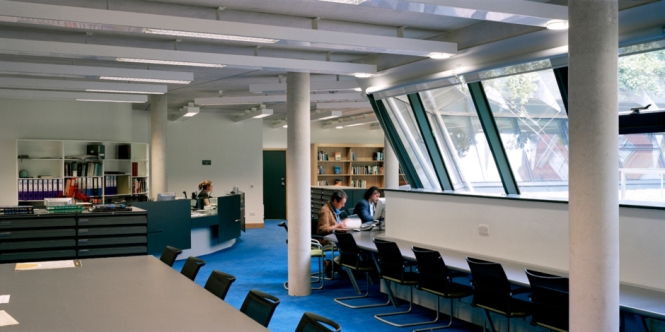 Our next destination had a unique collection because it didn’t specifically cater to books, but in objects and navigational apparatuses. The Royal Geographic Society Library holds about 2 million items and was founded in 1830. They house a variety of maps, atlases, paintings, archives, books and periodicals.
Our next destination had a unique collection because it didn’t specifically cater to books, but in objects and navigational apparatuses. The Royal Geographic Society Library holds about 2 million items and was founded in 1830. They house a variety of maps, atlases, paintings, archives, books and periodicals.
